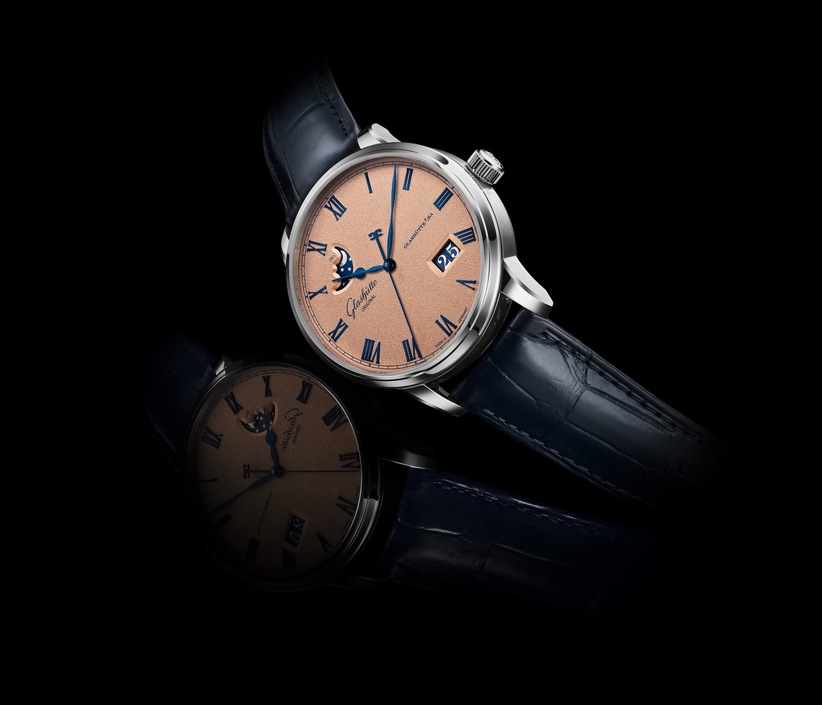
In the quiet valleys of Saxony, where winter frost clings to the Ore Mountains like a stubborn memory, a horological phoenix has risen from the ashes of mining tunnels. Glashütte Original, the torchbearer of Germany's watchmaking soul, unveils two new Senator Excellence Panorama Date Moon Phase models that don't just tell time—they whisper centuries of resilience.
The story reads like an alchemist's dream: a 15th-century mining town, stripped bare by war and dwindling silver veins, transforms into a precision-obsessed Eden. When the last ore carts rolled out in 1845, the townsfolk traded pickaxes for pinions, melting their mining heritage into something far more enduring—mechanical poetry on the wrist.
The new frosted silver and copper dials are more than aesthetic choices—they're metallurgic time capsules. Each grainy surface mimics the texture of ore freshly hewn from mountain depths, while the blued gold Roman numerals stand like regal sentinels against this glacial backdrop. At 10 o'clock, the moonphase complication reveals a starry firmament so rich it threatens to swallow your gaze whole.
Flip the 40mm steel case—its lugs flowing like molten metal—and the Calibre 36 movement reveals itself through sapphire crystal. This isn't just mechanics; it's horological hydroponics:
Available with leather, fabric, or bracelet options, these timepieces bridge eras like a masterfully restored timber-frame house—outwardly traditional, yet humming with modern warmth. The Panorama Date at 4 o'clock doesn't merely display numbers; it unfolds them with the ceremonial gravitas of a medieval scroll.
As the second hand sweeps past the double-G emblem, one can almost hear the ghostly chime of mining hammers transformed into the delicate tap of watchmakers' loupes. In Glashütte, even time itself bends to honor tradition.